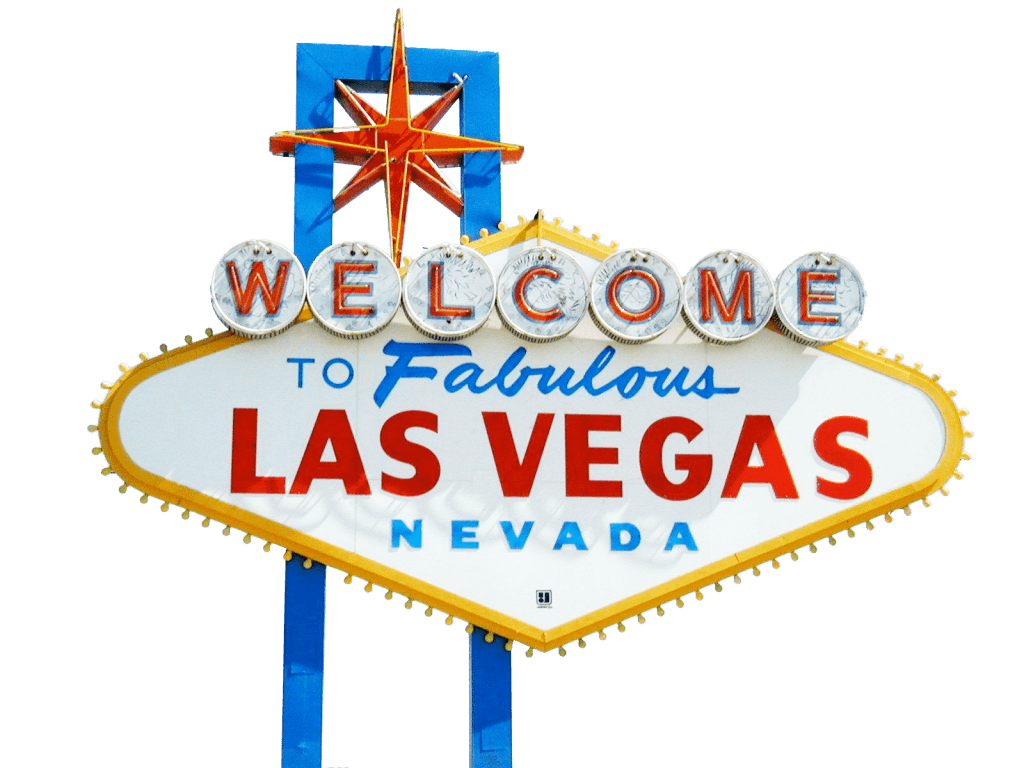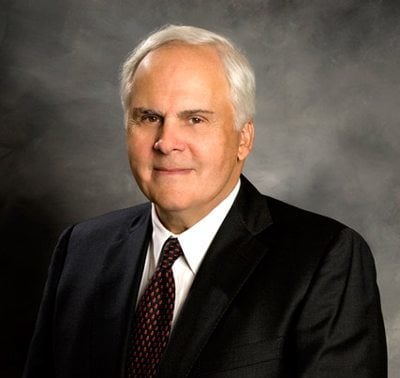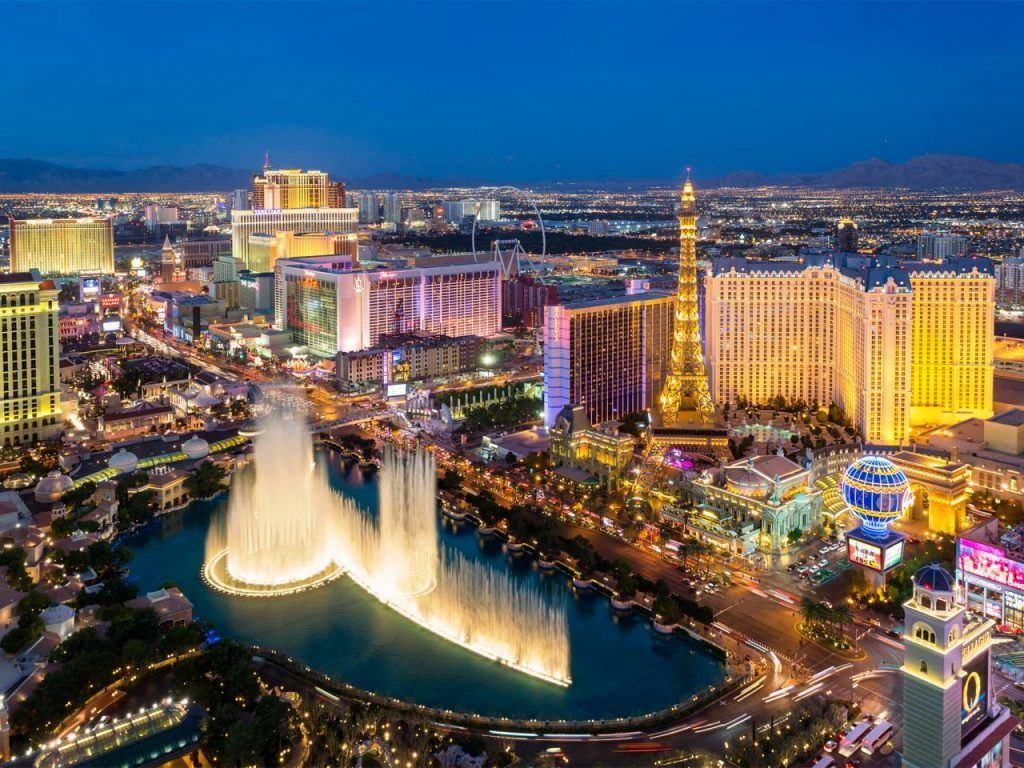Surprising Insights: 5 Lesser-Known Facts About Las Vegas

Las Vegas, known as the world’s entertainment capital and a premier gambling destination, attracts millions of visitors every year. While its glamorous casinos and entertainment are well documented, the city also hides plenty of unexpected stories and unique cultural quirks. Discover five fascinating facts about Las Vegas that might surprise even seasoned travelers.
A Legendary Gamble Saved FedEx in Las Vegas
Today, FedEx is a global powerhouse in shipping and logistics, but the company’s beginnings were marked by a risky and unconventional decision that took place right in Las Vegas. Back in the early 1970s, just three years after founder Frederick W. Smith launched the company (then called Federal Express), FedEx was in financial distress, losing over $1 million each month thanks to rising fuel costs. Smith’s attempts to secure vital investments and loans were unsuccessful, pushing the business to the edge of collapse with only $5,000 left in its account.

Facing imminent shutdown, Smith opted for a bold solution: he traveled from Memphis to Las Vegas and used the company’s last $5,000 to play blackjack. Defying the odds, he returned with $32,000-enough to keep deliveries running another week. Shortly after his lucky break, Smith secured an $11 million investment that set FedEx on course for long-term profitability. This pivotal Vegas gamble became a legendary part of FedEx history.
Record-Breaking Jackpot: $39.7 Million Won on the Vegas Strip
With an abundance of slot machines-a ratio of one machine for every eight city residents-Las Vegas is a jackpot destination for hopeful visitors. The city has shelled out huge winnings, but one lucky spin stands out above the rest. On March 21, 2003, a 25-year-old software engineer from Los Angeles hit the Megabucks progressive jackpot at the Excalibur Hotel and Casino after betting just $100. The machine triggered a jaw-dropping payout of $39.7 million, the largest slot machine win in Las Vegas history-a record that has yet to be matched.
Hidden Symbolism in the Welcome to Las Vegas Sign
The “Welcome to Fabulous Las Vegas” sign has become an iconic symbol for the city, greeting millions of tourists each year as they arrive on the Strip. Designed by the late Betty Willis in 1959, the sign is far more than a bright roadside attraction. Look closely at the white circles encircling the word “Welcome” and you’ll notice that each is actually a stylized representation of a silver dollar-not just simple decoration. Willis chose this motif to embody both Las Vegas’s reputation as a city of opportunity and Nevada’s nickname, the “Silver State.” While the sign has earned official historic status, no copyright is currently held for its design, making it unique among American landmarks.
The Real Story Behind Nevada’s Infamous “Black Book”
An air of mystery surrounds tales of a forbidden “black book” purportedly listing people banned from all gambling venues in Las Vegas. Contrary to popular myth, such a registry does exist-although, in reality, the book is silver, not black. This official exclusion list is maintained by state gaming authorities and makes the names of barred individuals, many linked to organized crime, accessible to every casino throughout Nevada.

Since its creation in 1960, the exclusion book has remained relatively compact at 36 pages but includes some notorious names, such as Marshall Caifano, Francis Citro, and Wilford Pulawa. The book ensures individuals on the list are permanently banned from entering any licensed gambling property across the state.
The Las Vegas Strip: Not Technically in Las Vegas
Curiously, the famed “Las Vegas Strip”-home to legendary casinos like the MGM Grand, Bellagio, and Harrah’s-does not actually lie within Las Vegas city limits. Although visitors identify the Strip with Las Vegas, the 4.2-mile (6.8-kilometer) stretch actually resides in the unincorporated townships of Paradise and Winchester within Clark County. The city’s southern boundary stops at Sahara Avenue, leaving much of the glittering Strip as much as a mile outside Las Vegas’s legal borders. It’s a perfect example of how perception and reality can differ in a city built on spectacle.













